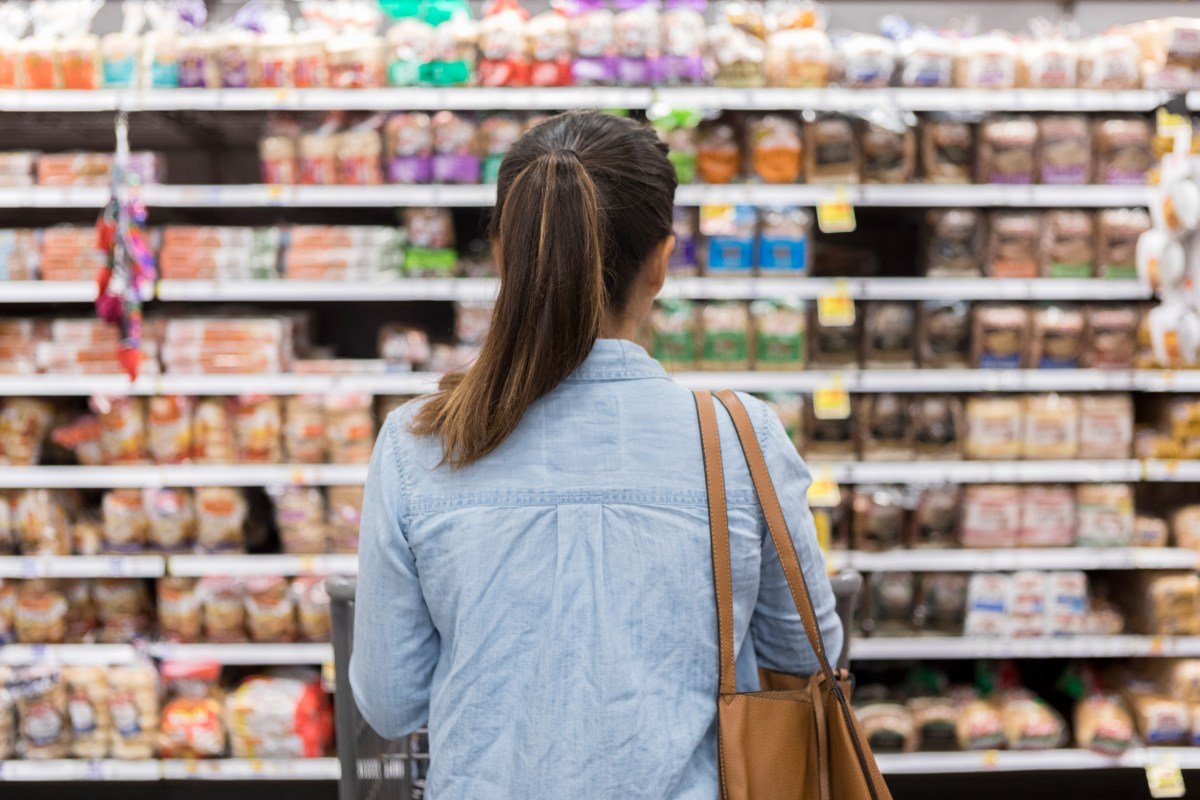Did you know that poor forecasting of grocery demand has a larger impact than we realize? Every year, grocery stores in the U.S. discard 10% of the 44 billion pounds of food produced in the country. This not only harms the environment, as food waste is a significant contributor to carbon emissions, but it also results in huge losses for grocers. According to Retail Insights, up to 8% of their revenues are lost due to inadequate inventory availability.
“Even the largest retailers struggle to predict future demand and frequently overstock and understock inventory.” – Euro Wang and Jack Solomon
Euro Wang and Jack Solomon, two entrepreneurs, personally experienced the consequences of poor forecasting at their local supermarket. They often found that their favorite guacamole was out of stock. This led them to co-found Guac, a platform that utilizes AI to predict daily sales of individual grocery items at specific store locations. Recently, Guac raised $2.3 million in a seed round led by 1984 Ventures, with support from Y Combinator and Collaborative Fund.
Wang shared in an email interview with TechCrunch, “Food waste and food security are issues that Jack and I care deeply about, and we were really excited about an opportunity to actually address food waste at its core.”
Both Wang and Solomon have studied AI and have undergraduate degrees from Oxford University. They use their expertise to create custom algorithms that consider various factors, such as weather, sporting events, and even Spotify listening data, to make accurate demand predictions for grocery items. Guac also provides recommendations for shelf life, minimum order quantities, promotions, and supplier lead times, which can be seamlessly integrated into existing inventory ordering software and workflows.
Wang explained, “Traditionally, forecasting is done using Excel formulas or simple regression models. But for fresh food that expires quickly, you need something better… Because we use so many external variables, we’re able to identify which real-world variables cause the changes in demand.”
Differentiation and customer satisfaction
Although Guac is not the only startup addressing food demand forecasting, they stand out due to their commitment to transparency and thorough fine-tuning of their models.
- Crisp provides an open data platform for each link in the grocery supply chain.
- Freshflow is building an AI-powered forecasting tool to help retailers optimize stock replenishment of fresh, perishable goods.
However, Guac’s unique approach has already convinced several early customers. They are currently working with grocery delivery companies in North America, Europe, and the Middle East, including a supermarket chain with around 300 locations (who preferred to remain unnamed). Guac is already generating revenue and plans to expand its engineering team in the coming year.
Wang shared, “The grocery industry is fairly resistant to economic downturns. Everyone has to eat, and when the economy slows down, people actually buy more groceries since they eat out less… Our algorithm can also account for the changes in shopper behavior during the pandemic and adjust for the biased sales data of 2020 and 2021.”
Ultimately, Wang and Solomon hope to make a significant impact on reducing food waste and improving food security through their innovative platform. With the unpredictable nature of the food industry and the growing need for better demand forecasting, Guac’s services are proving to be valuable for grocers of all sizes and locations.








